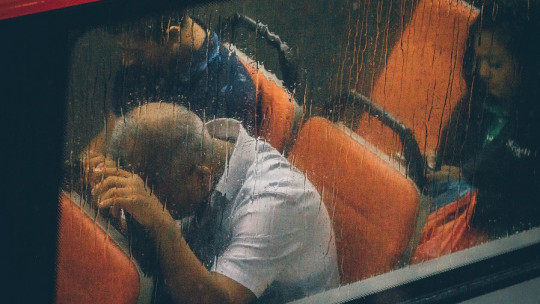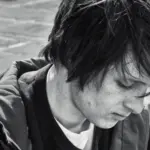
Any psychological disorder can be analyzed by observing the parts and symptoms that make it up, and depression is no exception. In her case, two of the phenomena that most characterize it are lack of motivation and sadness, which are reflected in practically all areas of the life of those who develop depression.
The objective of this article is help you recognize the way in which depression is expressed through demotivation and sadness and how it intervenes in therapy to reduce their strength.
The characteristics of depression
Depression is one of the mental disorders that most affects the population in Western countries and it is estimated that in these nations the percentage of people who will develop it at some point in their lives is between 8 and 15%.
However, unfortunately many of these cases do not have to be diagnosed, and there are even those who do not go to mental health professionals because they do not know how to differentiate between simple emotional discomfort and depression.
The truth is difficulties in correctly identifying emotions and feelings create problems with any mood disorder, and in the case of depression, this psychological state is often “labeled” as simple sadness and lack of motivation. While it is true that in summary these two terms can cover a good part of the effects of this alteration, it must be understood that depression is more than that.
Demotivation and sadness as facets of depression
Let’s start by seeing how we can distinguish between simple demotivation and sadness and their “versions” in depression.
The sadness
Sadness that is not associated with a psychological disorder is a state of mind that is normally difficult to objectify, but is usually expressed in a review of ideas of why the present is unfavorable for one and says negative things about oneself as well as in a melancholic fixation on past moments that are considered better than the here and now.
It is a psychological state in which feelings of guilt and regret are very frequent and in which emotionally painful comparisons generally predominate: comparisons between oneself and others, between the past and the present, between the past and the (supposed) future, etc.
On the other hand, Most people are able to identify the reason or reasons why they are sad: a bad result on an exam, a love breakup, the death of a loved one, the longing for a happy childhood that contrasts greatly with the present, etc.
Furthermore, sadness often goes hand in hand with crying and a feeling of strong fatigue, that one is “out of combat”, which leads to giving up on improving the situation, something that distinguishes it from other forms of negative emotionality such as for example anxiety. In any case, in the vast majority of cases the sadness fades within a period of a few days or weeks.
The sadness that arises associated with the disorder of depression presents some differences that are worth knowing. Firstly, its duration and consistency over time is greater. It is true that a person with depression does not usually continue experiencing exactly the same emotional state for several months, but in general this remains significantly low during this time On the other hand, although we do not always cry frequently, negative thoughts about the present and the future are common and a feeling of hopelessness arises, that nothing will change for the better.
The demotivation
Demotivation is usually understood as a lack of willingness to participate in activities, and the inability to get excited about projects that should be important to the person. This psychological state translates into procrastination (the tendency to leave for later responsibilities that must be attended to as soon as possible), frustration over not knowing what to do, and a passive attitude, so that others have to take the initiative.
In depression, demotivation is more than a simple lack of interest In many cases, it consists of a genuine inability to feel pleasure and even anticipatory pleasure, and it is also very common to experience intense psychological fatigue. In this state, the person can only hope to carry out the most important activities, and sometimes not even those: it is common to fall into hygiene problems, social relationships with friends and often also with family are weakened, etc.
At the same time, This lifestyle enhances feelings of sadness and hopelessness so the problem feeds on itself… unless you decide to combat depression by going to the root of the disorder.
What is done in therapy against this low mood?
Psychological professionals are trained to train patients with depression in habits and thinking patterns that undermine this mood disorder The objective is to help you generate situations for yourself capable of breaking this vicious circle of demotivation and negative thoughts, to gain autonomy and once again be able to experience happiness. Furthermore, all this without the side effects of pharmacological treatments.
As a psychologist specialized in adults, I know that although the feelings and emotions that make a person with depression suffer are unique and non-transferable, that does not prevent that state of mind from being overcome through scientifically proven and effective methods. That process involves looking beyond the labels we popularly use to “summarize” emotions.








